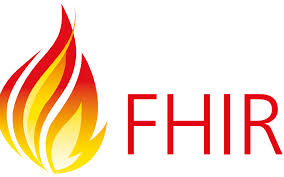FHIR - Strengths & Weaknesses
Technical Reference

Introduction
FHIR is a healthcare interoperability standard that owes it heritage to HL7 v3. As suppliers struggled to implement HL7 v3 in all its detail there was a danger that all the positive elements of the v3 initiative would be abandoned. In a revolutionary way, The FHIR Org's own summary page gives a great insight into the main aspects of FHIR.
The key thing about FHIR is it is systems focused, enabling systems developers to rapidly implement connectors between each other's systems. FHIR stands for "Fast Healthcare Interoperability Resources" and the Fast refers to fast implementation, and hopefully, therefore, cheaper, projects where interoperability is needed.
Strengths of FHIR
FAST Healthcare Interoperability Resources
The clue is in the name for FHIR. Of course one of its main advantages is that it's fast to implement. But another important strength for using FHIR in the UK is the weight of emphasis placed on FHIR by the NHS. Importantly NHS England and NHS Digital are defining a FHIR based interoperability landscape for the UK through community led organisation INTERopen.
The advantages of FHIR are;
- Relatively simple to implement, partly because it uses RESTful technologies.
- Designed for easily readable integration and you can choose to use JSON or XML ast the description language. Note, in the UK, the NHS predicates XML.
- Has more detailed granular data descriptions. That is to say the data is better structured. But this is still under development.
- Strongly back by NHS Digital and INTEROpen
Weaknesses of FHIR
Fast for who?
The main weaknesses of FHIR stem from its fundamental purpose> This doesn't make the use of FHIR wrong or not useful, but does mean there are limitations to the extent to which a vendor neutral healthcare information environment can be built.
The disadvantages of FHIR are;
- Privacy/Consent management all resides in the systems and applications - this means the Healthcare provider has to harmonises this through supplier management, rather than being able to present a 'network wide' common approach.
- No central index. This lack of centralisation leads to many point to point integrations that are overall harder to maintain (though manageable at smaller scales).
- No workflow
